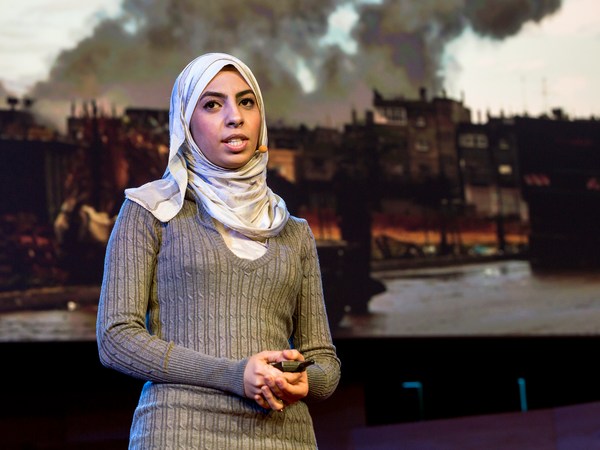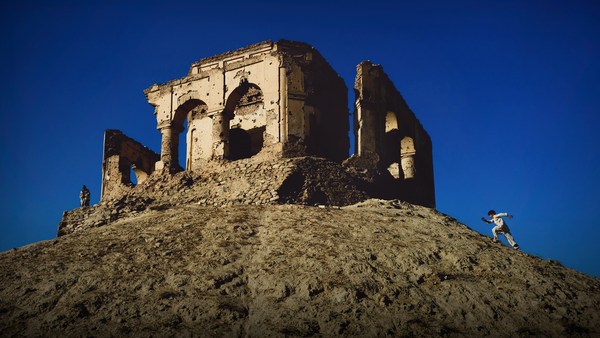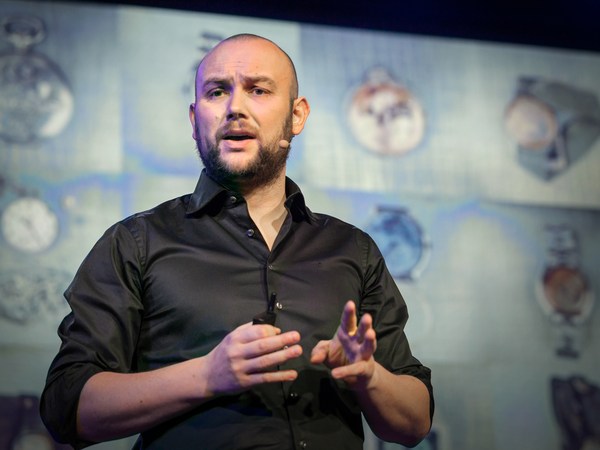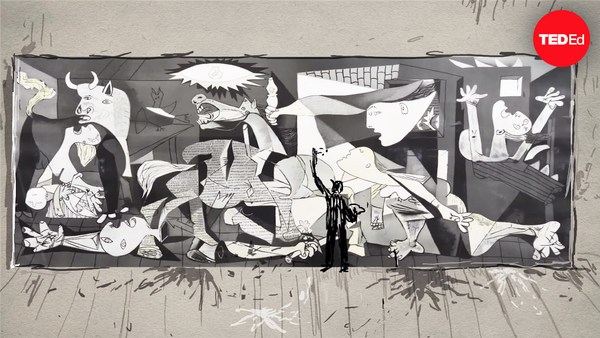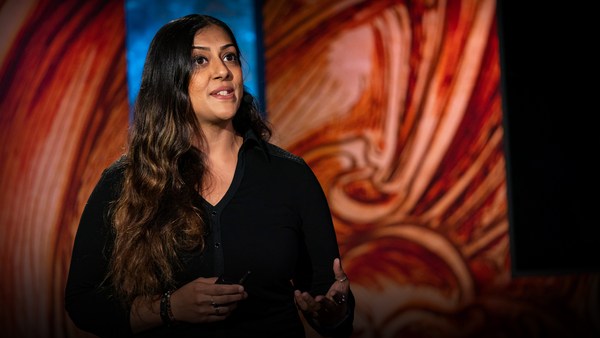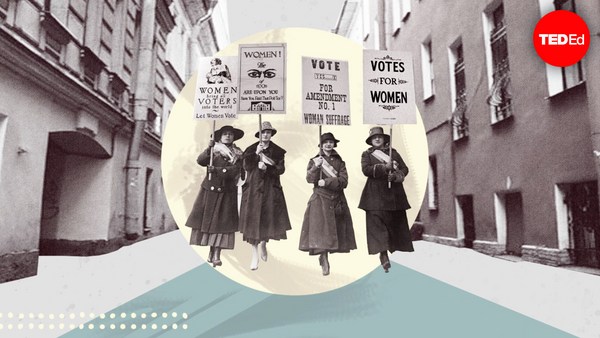When I arrived in Kiev, on February 1 this year, Independence Square was under siege, surrounded by police loyal to the government. The protesters who occupied Maidan, as the square is known, prepared for battle, stockpiling homemade weapons and mass-producing improvised body armor. The Euromaidan protests began peacefully at the end of 2013, after the president of Ukraine, Viktor Yanukovych, rejected a far-reaching accord with the European Union in favor of stronger ties with Russia. In response, tens of thousands of dissatisfied citizens poured into central Kiev to demonstrate against this allegiance.
As the months passed, confrontations between police and civilians intensified. I set up a makeshift portrait studio by the barricades on Hrushevsky Street. There, I photographed the fighters against a black curtain, a curtain that obscured the highly seductive and visual backdrop of fire, ice and smoke. In order to tell the individual human stories here, I felt that I needed to remove the dramatic visuals that had become so familiar and repetitive within the mainstream media. What I was witnessing was not only news, but also history. With this realization, I was free from the photojournalistic conventions of the newspaper and the magazine. Oleg, Vasiliy and Maxim were all ordinary men, with ordinary lives from ordinary towns. But the elaborate costumes that they had bedecked themselves in were quite extraordinary. I say the word "costume" because these were not clothes that had been issued or coordinated by anyone. They were improvised uniforms made up of decommissioned military equipment, irregular combat fatigues and trophies taken from the police. I became interested in the way they were choosing to represent themselves, this outward expression of masculinity, the ideal of the warrior.
I worked slowly, using an analog film camera with a manual focusing loop and a handheld light meter. The process is old-fashioned. It gives me time to speak with each person and to look at them, in silence, while they look back at me.
Rising tensions culminated in the worst day of violence on February 20, which became known as Bloody Thursday. Snipers, loyal to the government, started firing on the civilians and protesters on Institutskaya Street. Many were killed in a very short space of time. The reception of the Hotel Ukraine became a makeshift morgue. There were lines of bodies laid in the street. And there was blood all over the pavements. The following day, President Yanukovych fled Ukraine. In all, three months of protests resulted in more than 120 confirmed dead and many more missing. History unfolded quickly, but celebration remained elusive in Maidan.
As the days passed in Kiev's central square, streams of armed fighters were joined by tens of thousands of ordinary people, filling the streets in an act of collective mourning. Many were women who often carried flowers that they had brought to lay as marks of respect for the dead. They came day after day and they covered the square with millions of flowers. Sadness enveloped Maidan. It was quiet and I could hear the birds singing. I hadn't heard that before.
I stopped women as they approached the barricades to lay their tributes and asked to make their picture. Most women cried when I photographed them. On the first day, my fixer, Emine, and I cried with almost every woman who visited our studio. There had been such a noticeable absence of women up until that point. And the color of their pastel coats, their shiny handbags, and the bunches of red carnations, white tulips and yellow roses that they carried jarred with the blackened square and the blackened men who were encamped there.
It is clear to me that these two sets of pictures don't make much sense without the other. They are about men and women and the way we are -- not the way we look, but the way we are. They speak about different gender roles in conflict, not only in Maidan, and not only in Ukraine. Men fight most wars and women mourn them. If the men showed the ideal of the warrior, then the women showed the implications of such violence.
When I made these pictures, I believed that I was documenting the end of violent events in Ukraine. But now I understand that it is a record of the beginning. Today, the death toll stands around 3,000, while hundreds of thousands have been displaced. I was in Ukraine again six weeks ago. In Maidan, the barricades have been dismantled, and the paving stones which were used as weapons during the protests replaced, so that traffic flows freely through the center of the square. The fighters, the women and the flowers are gone. A huge billboard depicting geese flying over a wheat field covers the burned-out shell of the trade union's building and proclaims, "Glory to Ukraine. Glory to heroes." Thank you. (Applause).
